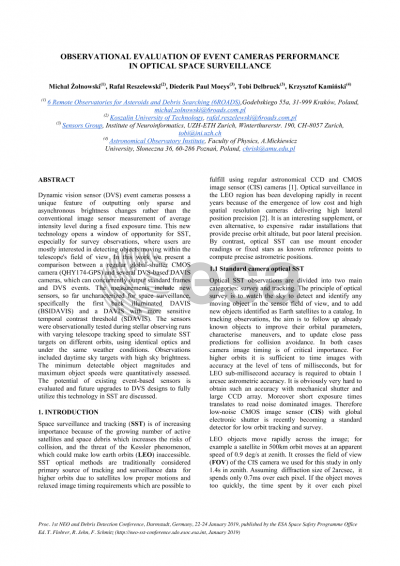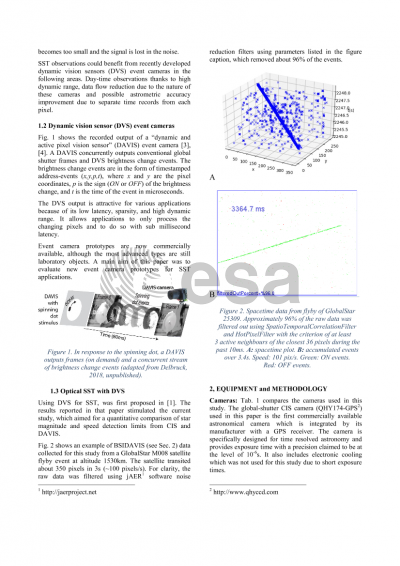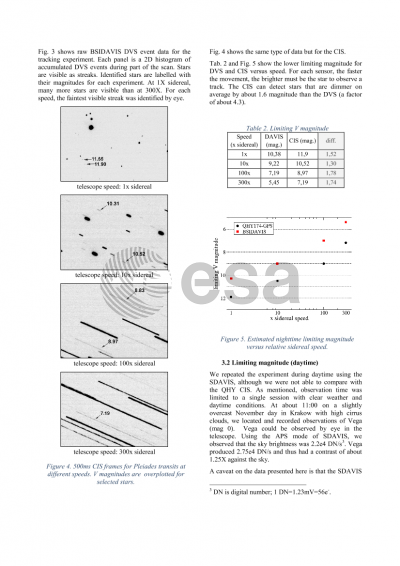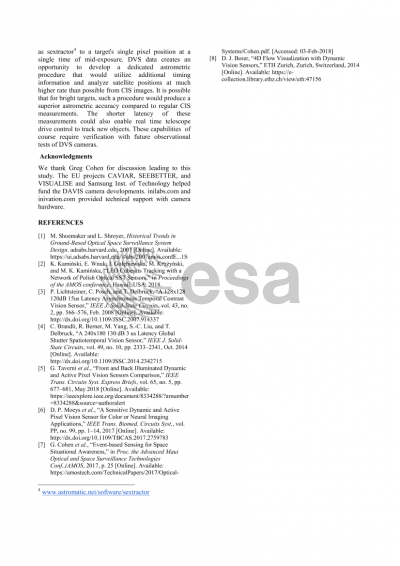Document details
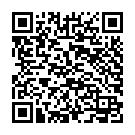
Abstract
Event-based dynamic vision sensor (DVS) cameras possess a unique feature of outputting only sparse and asynchronous brightness changes rather than the conventional image sensor measurement of average intensity level during a fixed exposure time. This new technology opens a new window of opportunities for SST, especially for survey observations, where users are mostly interested in detecting objects moving within the telescope's field of view. In this work we present a comparison between a regular global-shutter CMOS camera (QHY174-GPS) and several DVS-based cameras - specifically, DVS, DAVIS and ATIS cameras. The measurements include new sensors, so far uncharacterized for space surveillance, specifically the first back illuminated DAVIS and a higher sensitivity DVS. The sensors were observationally tested during stellar observing runs with varying telescope tracking speed to simulate SST targets on different orbits, using identical optics and under the same weather conditions. Observations included daytime sky targets with high sky brightness and low object contrast. The DVS noise levels, minimum detectable object magnitudes and maximum object speeds were quantitatively assessed. The potential of existing event-based sensors is evaluated and future upgrades to EBS designs to fully utilize this technology in SST are discussed.
Preview
